
LYMPHATIC SYSTEM
Lymph
Tissue fluid (interstitial fluid) that enters the lymphatic vessels
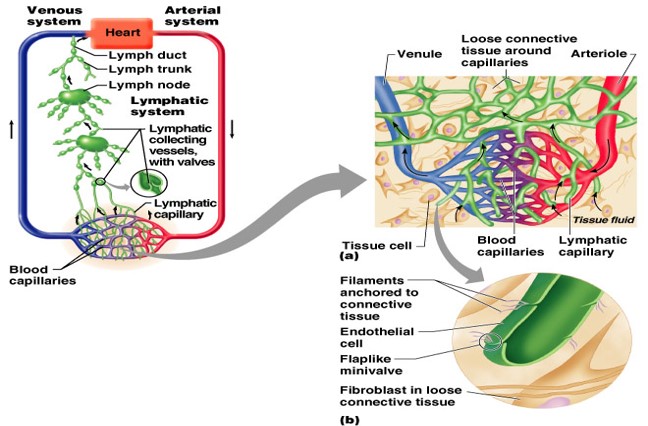
Essentially a drainage system accessory to venous system
Larger particles that escape into tissue fluid can only be removed via lymphatic system
Functions
Network that filters antigens from the interstitial fluid
Primary site of immune response from tissue antigens
Lymphatic drainage in all organs of the body except brain, eyes, marrow and cartilage
Flaccid thin walled channels → progressive caliber
600 lymph nodes in body
Slow flow, low pressure system returns interstitial fluid to the blood system
Components of lymphatics
Lymph
Lymphatic Vessels
Lymphatic Organs
Lymphatic cells
 Lymphatic Capillaries
Lymphatic Capillaries
Features of structure:
Blind end
Single layer of overlapping endothelial cells
More permeable than that of blood capillary
Absent from avascular structures, brain, spinal cord splenic pulp and bone marrow

Lymphatic Vessels
Three layered wall but thinner than vein
More numerous valves than in vein
Interposed by lymph nodes at intervals
Arranged in superficial and deep sets
Lymph Trunks
Right and left jugular trunks
Right and left subclavian trunks
Right and left broncho mediastinal trunk
Right and left lumbar trunks
Intestinal trunk
Lymphatic Ducts
Right lymphatic duct
Thoracic duct

Lymphatic Cells
Also called lymphoid cells
Located in both the lymphatic system and the cardiovascular system.
Work together to elicit an immune response.
Types of lymphatic cells are:
Macrophages
Epithelial cells
Dendritic cells
Lymphocytes
Lymphatic Organs
Primary organs
Red bone marrow
Thymus gland
Secondary organs
Lymph nodes
Lymph nodules
Spleen
Lymph nodes:
Capsular shell
Fibroblasts and reticulin fibers
Macrophages
Dendritic cells
T cells
B cells

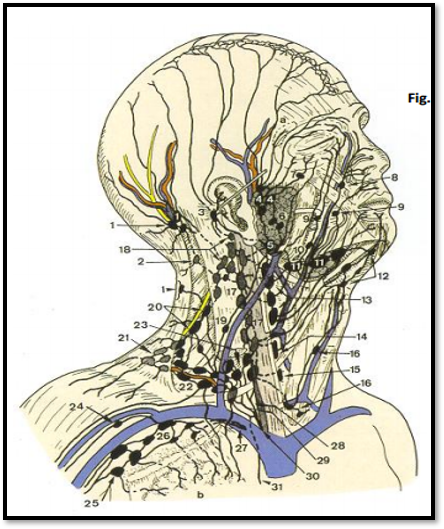
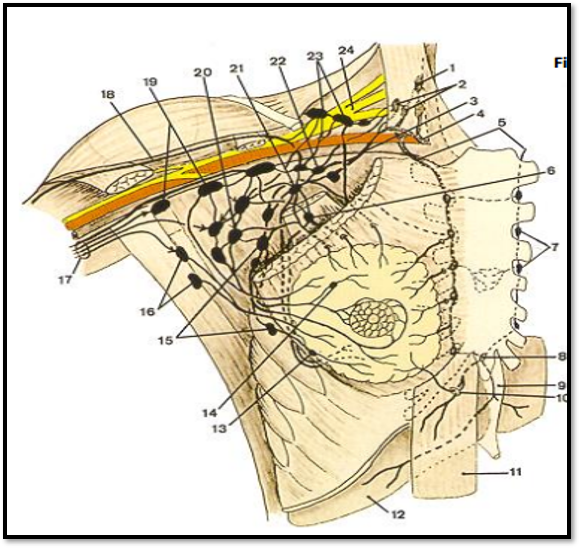
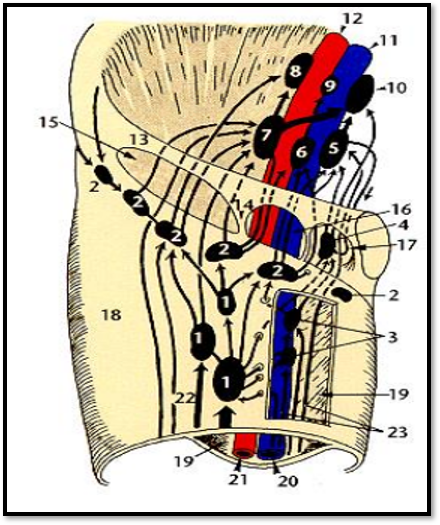
Lymphangitis
Inflammation of the lymph vessels
Commonest cause bacteria called streptococcus pyogenes(most common).
Lymph vessels appear as red streaks through the skin
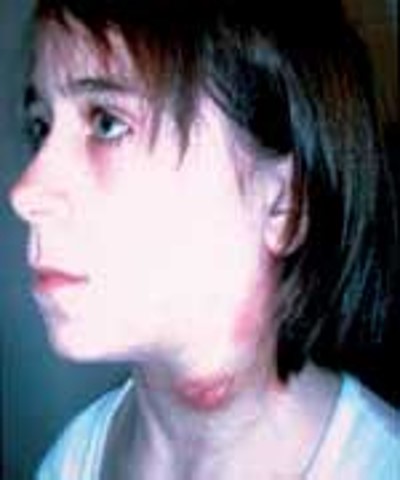
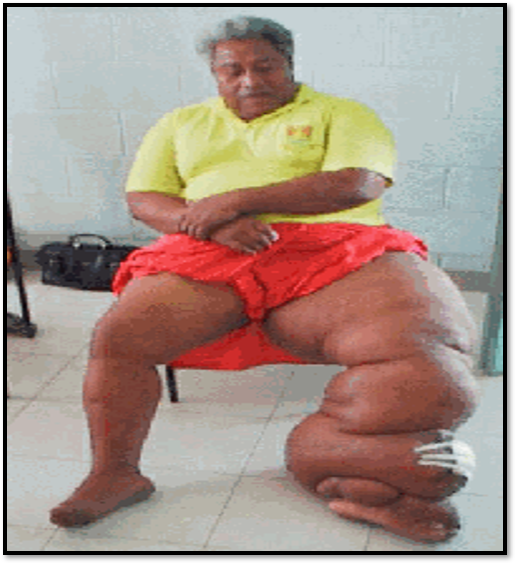
Lymphedema
Occurs due to accumulation of lymphatic fluid in the interstitial tissue
Sometimes can be appreciated after wearing tight clothing or jewelry on affected limb
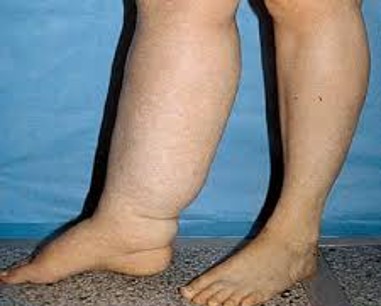
Lymphadenopathy
Means a disease of the lymph nodes
Lymph nodes become swollen/ enlarged and may be painful to touch

Lymphomas
Cancers originating either from the lymphocytes in the lymph nodes or the lymphatic tissue in organs
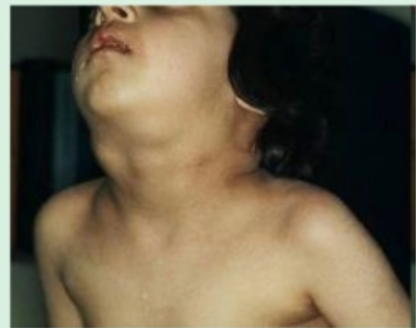
Tonsillitis
Infection of the pharyngeal tonsils
Tonsils are swollen, Fever and pain during swallowing usually present
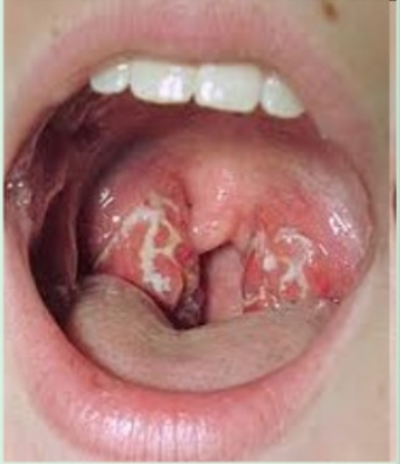
LYMPHATIC SYSTEM
Lymph
Tissue fluid (interstitial fluid) that enters the lymphatic vessels

Essentially a drainage system accessory to venous system
Larger particles that escape into tissue fluid can only be removed via lymphatic system
Functions
Network that filters antigens from the interstitial fluid
Primary site of immune response from tissue antigens
Lymphatic drainage in all organs of the body except brain, eyes, marrow and cartilage
Flaccid thin walled channels → progressive caliber
600 lymph nodes in body
Slow flow, low pressure system returns interstitial fluid to the blood system
Components of lymphatics
Lymph
Lymphatic Vessels
Lymphatic Organs
Lymphatic cells
 Lymphatic Capillaries
Lymphatic Capillaries
Features of structure:
Blind end
Single layer of overlapping endothelial cells
More permeable than that of blood capillary
Absent from avascular structures, brain, spinal cord splenic pulp and bone marrow

Lymphatic Vessels
Three layered wall but thinner than vein
More numerous valves than in vein
Interposed by lymph nodes at intervals
Arranged in superficial and deep sets
Lymph Trunks
Right and left jugular trunks
Right and left subclavian trunks
Right and left broncho mediastinal trunk
Right and left lumbar trunks
Intestinal trunk
Lymphatic Ducts
Right lymphatic duct
Thoracic duct

Lymphatic Cells
Also called lymphoid cells
Located in both the lymphatic system and the cardiovascular system.
Work together to elicit an immune response.
Types of lymphatic cells are:
Macrophages
Epithelial cells
Dendritic cells
Lymphocytes
Lymphatic Organs
Primary organs
Red bone marrow
Thymus gland
Secondary organs
Lymph nodes
Lymph nodules
Spleen
Lymph nodes:
Capsular shell
Fibroblasts and reticulin fibers
Macrophages
Dendritic cells
T cells
B cells




Lymphangitis
Inflammation of the lymph vessels
Commonest cause bacteria called streptococcus pyogenes(most common).
Lymph vessels appear as red streaks through the skin


Lymphedema
Occurs due to accumulation of lymphatic fluid in the interstitial tissue
Sometimes can be appreciated after wearing tight clothing or jewelry on affected limb

Lymphadenopathy
Means a disease of the lymph nodes
Lymph nodes become swollen/ enlarged and may be painful to touch

Lymphomas
Cancers originating either from the lymphocytes in the lymph nodes or the lymphatic tissue in organs

Tonsillitis
Infection of the pharyngeal tonsils
Tonsils are swollen, Fever and pain during swallowing usually present

 Knowt
Knowt
